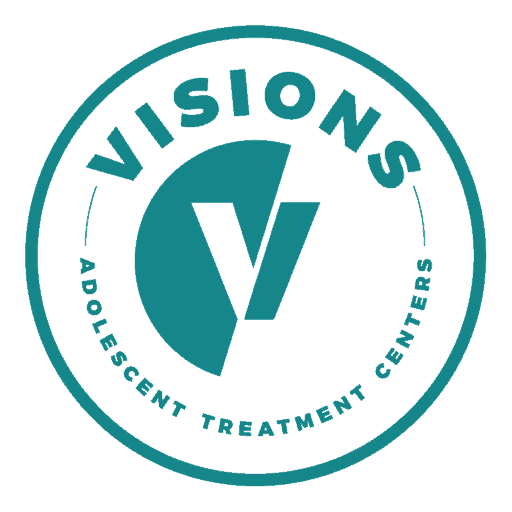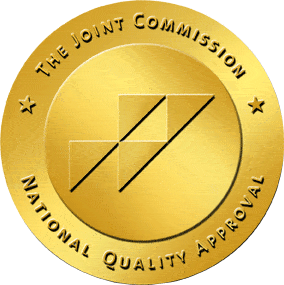Teen OCD treatment equips adolescents with lifelong strategies to manage intrusive thoughts and compulsions. Through evidence-based therapies like CBT and ERP, teens learn to confront fears, regulate emotions, and build resilience. Teen OCD treatment addresses co-occurring mental health or substance use challenges while fostering independence. Discover why early intervention empowers teens to thrive beyond their diagnosis.
Watching a teenager struggle with OCD can feel heartbreaking. Parents often feel helpless as rituals, fears, or perfectionism consume their child’s daily life. Traditional coping methods may fail, and co-occurring issues like anxiety or substance use complicate recovery.
But what if treatment could do more than reduce symptoms? Modern teen OCD treatment focuses on building adaptive skills that last long after therapy ends – transforming survival into sustainable growth.
Understanding OCD in Adolescents
The Unique Challenges of Teen OCD
Obsessive-Compulsive Disorder (OCD) is an anxiety disorder characterized by obsessive, recurring negative thoughts and associated compulsive behaviors. Compulsions – which often take the form of a ritual or repeated behavior – can help soothe these negative thinking patterns, but only for a short time, before stress or anxiety triggers obsessive thoughts to return.
OCD in teens often manifests as intense fears of contamination, harm, or moral failure, paired with rituals like excessive handwashing, checking locks, or mental reviewing. Hormonal changes, academic pressures, and social dynamics amplify these symptoms.
Teens may lack the self-awareness to recognize irrationality, leading to shame or secrecy, and may try to hide their symptoms for longer than some adults. Untreated, OCD can fuel avoidance behaviors, academic decline, or self-medication with drugs or alcohol, masking the OCD behind maladaptive coping.
The Impact of Co-Occurring Conditions
Studies show that teens with OCD often have co-morbid disorders like depression, ADHD, or eating disorders. Substance use may also emerge as a misguided coping mechanism.
Effective teen OCD treatment addresses these intertwined issues holistically. For example, ERP (Exposure and Response Prevention) can reduce anxiety driving substance use, while CBT (Cognitive Behavioral Therapy) reframes negative thought patterns linked to depression.
Core Components of Teen OCD Treatment
Cognitive Behavioral Therapy (CBT)
CBT teaches teens to identify and challenge distorted thoughts fueling OCD. A therapist might help a teen obsessed with germs reframe the thought, “Touching doorknobs will kill my family,” to “My brain is sending a false alarm.”
By practicing cognitive flexibility, teens gain control over their mental narratives, reducing the urge to engage in compulsions. This skill translates to everyday stressors, from social conflicts to academic setbacks.
Exposure and Response Prevention (ERP)
ERP, the gold standard for teen OCD treatment, gradually exposes teens to feared stimuli (e.g., dirt, unlocked doors) while preventing compulsive responses.
Over time, the brain learns that anxiety peaks and fades naturally without rituals. A teenager terrified of contamination might touch a trash can and delay handwashing for 10 minutes, then 20, gradually building tolerance to the discomfort. These exercises cultivate emotional resilience applicable to future challenges.
Medication Management
SSRIs are often prescribed alongside therapy to reduce OCD symptom severity. While medication doesn’t teach coping skills, it can lower anxiety enough for teens to engage fully in ERP or CBT. Psychiatrists monitor for side effects (e.g., insomnia) and adjust dosages to support the therapeutic process.
Building Coping Skills That Last Beyond Therapy
Emotional Regulation Techniques
Teen OCD treatment emphasizes skills like mindfulness and distress tolerance. A therapist might guide a teen through diaphragmatic breathing during exposure exercises, reinforcing that anxiety is temporary. These techniques help teens navigate panic attacks, social rejection, or family conflicts long after therapy ends.
Problem-Solving and Flexibility
Treatment encourages teens to practice adaptive problem-solving, like breaking tasks into manageable steps or brainstorming multiple solutions to a conflict.
A teen who ritualistically organizes their desk might learn to tolerate mild clutter while focusing on bigger priorities, fostering flexibility in school or relationships.
Relapse Prevention Planning
Therapists collaborate with teens to create personalized “OCD toolkits.” These might include:
-
A hierarchy of feared situations to practice periodically.
-
A list of cognitive reframes for common intrusive thoughts.
-
Emergency contacts for moments of crisis.
By rehearsing these strategies, teens build confidence in their ability to handle setbacks independently.
Addressing Substance Use and Co-Morbid Disorders
Dual Diagnosis Treatment
For teens using drugs or alcohol to numb OCD-related anxiety, integrated treatment is essential. Therapists explore the function of substance use (such as “Does vaping calm your intrusive thoughts?”) and replace it with healthier coping mechanisms. Group therapy connects teens with peers facing similar struggles, reducing isolation.
Family Involvement in Recovery
OCD often strains family dynamics. Parents may enable compulsions (e.g., providing constant reassurance) to avoid meltdowns. Teen OCD treatment includes family therapy to set boundaries, improve communication, and model supportive behaviors. Parents learn to recognize progress, such as praising a teen who resists a compulsion, thereby reinforcing their growing autonomy.
The Long-Term Benefits of Early Intervention
Academic and Social Empowerment
As OCD symptoms recede, teens re-engage with school, hobbies, and friendships. A student once paralyzed by perfectionism might join a debate team, applying cognitive-behavioral therapy (CBT) techniques to manage pre-competition nerves. These victories reinforce self-efficacy, a cornerstone of lasting recovery.
Reducing the Risk of Chronic Mental Health Issues
Early teen OCD treatment disrupts the cycle of avoidance and shame that can lead to chronic mental illness.
Teens who master ERP and CBT skills are less likely to develop debilitating anxiety or depression in adulthood. They’re also better equipped to seek help proactively during future stressors.
Choosing the Right Teen OCD Treatment Program
Evidence-Based Criteria
Look for programs offering licensed therapists trained in ERP and CBT, dual diagnosis support for substance use or eating disorders, and family therapy components. Avoid facilities relying solely on talk therapy or punitive measures, which can worsen OCD symptoms.
The Role of School and Community
Collaborate with schools to secure accommodations (e.g., extended test times) during treatment. Many programs offer academic tutoring to help teens stay on track, ensuring recovery doesn’t come at the cost of their future.
Teen OCD Treatment at Visions Treatment Centers
Teen OCD treatment isn’t just about quieting compulsions – it’s about equipping adolescents with the courage and skills to face life’s uncertainties. By investing in evidence-based care with Visions Adolescent Treatment Centers, parents provide their teens with more than just relief; we offer a roadmap to resilience, independence, and hope.









